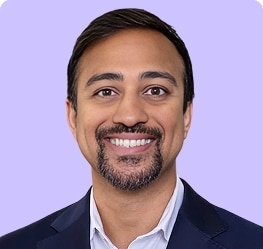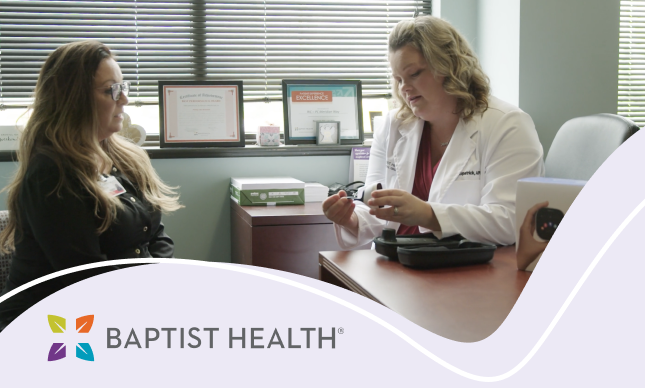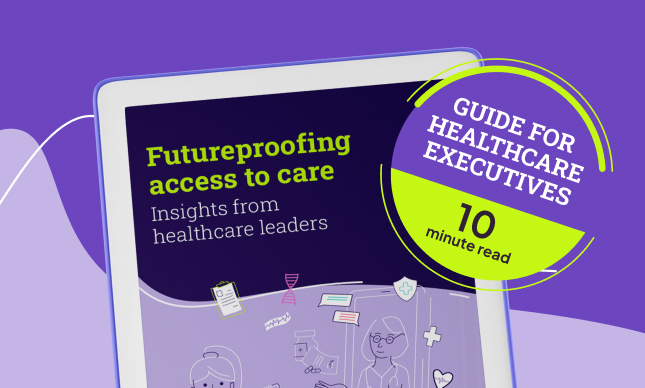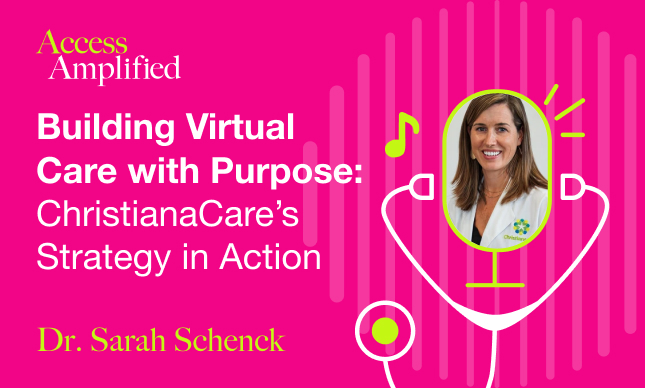Building Innovative Access Strategies in Healthcare
At a time when health systems are being asked to do more with less, the ROI-Centered Care Virtual Summit, co-hosted by TytoCare, Bright Spots in Healthcare, and the American Telemedicine Association, put the spotlight on one big question: How can better access lead to better results for patients, providers, and the bottom line?
Leaders from across the country shared how they’re reducing unnecessary ED visits, improving throughput, and reaching more patients, especially in rural and underserved areas. Their message was clear: access isn’t just a mission-driven goal anymore, it’s a smart, strategic move. Whether you’re running operations, leading innovation, or building care models, the insights in this summit offer a roadmap for turning access into real, measurable impact.
SPEAKERS














FEATURING







AGENDA
Opening remarks
Empowering Rural Oklahoma: Using Virtual Care to Increase Access to Healthcare Across Oklahoma
How to Execute Experience Strategic Improvements at Health Systems
How to Prove Clinical and Economic Value for Virtual Care Programs
Keeping Clinicians in the Cockpit with AI
From Pilot to Scale: Rice–Houston Methodist’s Digital Health Institute
Panel discussion

Empowering Rural Oklahoma: Using Virtual Care to increase access to healthcare across Oklahoma
Dr. Bradley Anderson and Jared Droze shared how OSU Medicine is expanding access across rural Oklahoma through hybrid clinics, hospital partnerships, and school-based telehealth. By leveraging low-barrier technology like TytoCare, they’ve reduced unnecessary transfers, kept patients closer to home, and built scalable models with community and tribal partners, leading to improved outcomes while strengthening local healthcare capacity
“We prevented a transfer, improved kidney function, and kept the patient close to family. A win-win for everyone.”
“We’re retaining at least 80% of patients in their local hospitals. Care stays local and so does the revenue.”

How to Execute Experience Strategic Improvements at Health Systems
Komal Lodaria shared how NYC Health + Hospitals made “experience” a systemwide pillar using IHI’s PDSA method, data tools (key-driver reports, heat maps), and a quarterly Care Improvement Contest to lift HCAHPS performance. By linking workforce wellbeing to patient outcomes and scaling unit-level wins across service lines, participating units saw ~4% gains in “Rate the Hospital” while nonparticipants declined, proving that simple, disciplined improvement beats big overhauls.
“We’re moving from good to great by focusing on nurse and doctor communication, which are our strongest drivers.”

How To Prove Clinical And Economic Value For Virtual Care Programs
Gabriella Lawrence shared why digital health only scales when clinical outcomes and hard-dollar ROI are designed and measured from day one. She outlined a clear playbook: drive engagement, use rigorous matched-control analyses, translate results into cost savings, and iterate. This methodology gives financial leaders the proof to renew, expand, and invest at scale.
“There’s no way to prove your clinical or economic value if you don’t think about it from day one of your innovation.”

Keeping Clinicians in the Cockpit with AI
Dr. Fernando Carnavali shared how Mount Sinai uses AI, patient portals, and remote monitoring to improve diagnostic accuracy and communication across the entire patient journey, not just the visit. LLMs streamline clinician-to-patient/provider messaging and support non-English speakers, while strong guardrails (privacy, clinician oversight) help prevent anxiety, misinformation, and “orthosomnia,” keeping clinicians firmly in the cockpit.
“AI-enabled communication puts our back-and-forth with patients at a different level.”

From Pilot to Scale: Rice–Houston Methodist’s Digital Health Institute
Pothik Chatterjee shared how the new Rice University-Houston Methodist Digital Health Institute pairs academic rigor with health-system scale, leveraging governance-first, DGX computing, and a 6M-patient, 20-year dataset, to turn AI into outcomes. He highlighted ROI wins, and shared how the system has achieved them.
“Houston Methodist was able to set this virtual ICU infrastructure up in just 6 months… and in terms of the outcomes, we saw significantly improved satisfaction, reduced length of stay, and a 20% reduction in code blues.”














